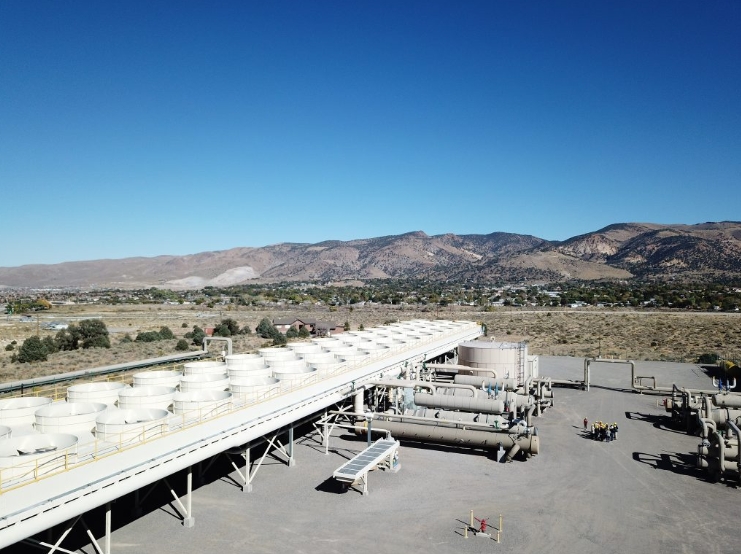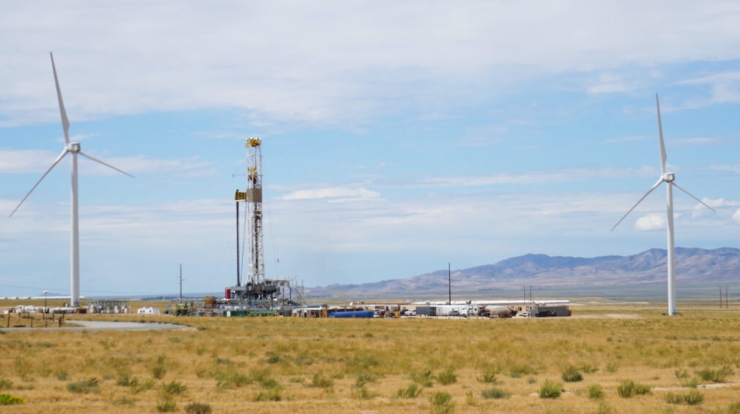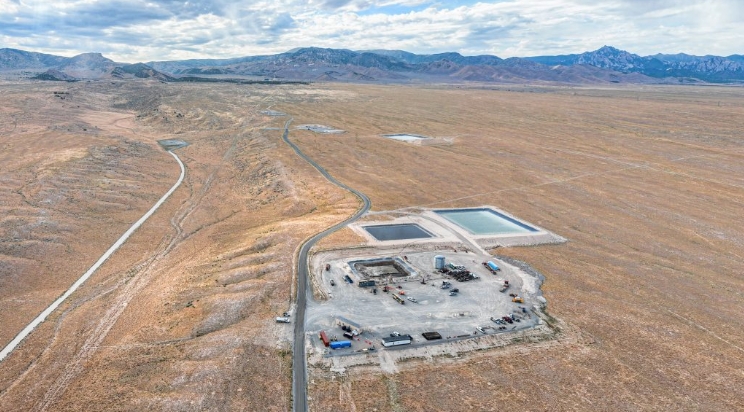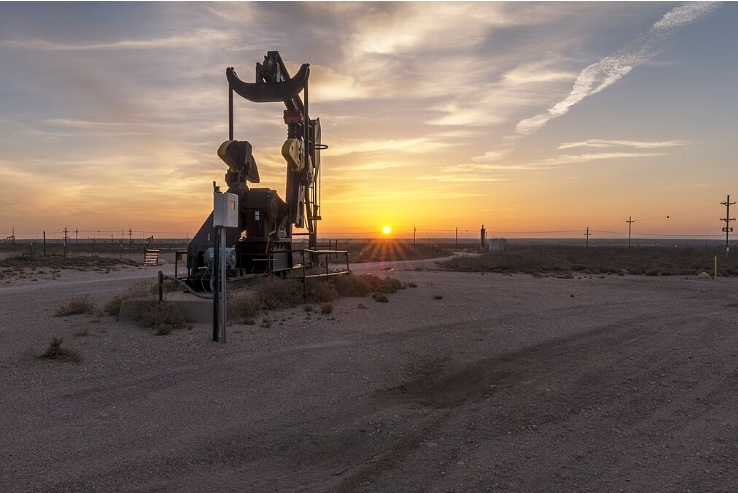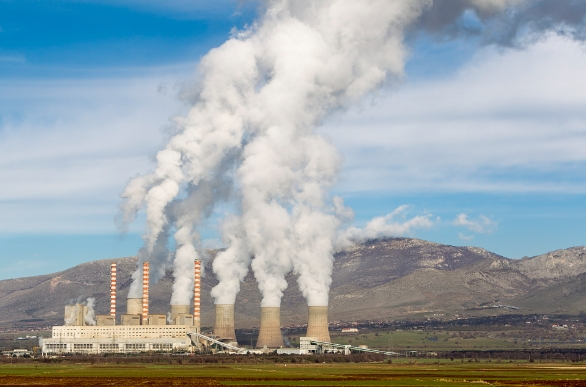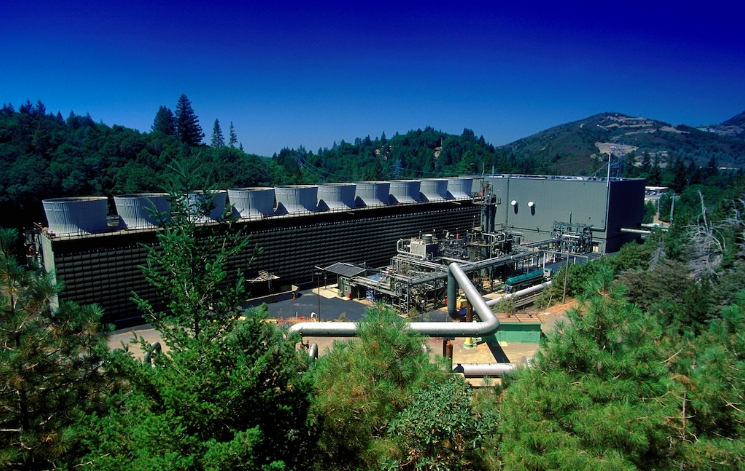
xAI logo is seen in this illustration taken, February 16, 2025.
The environmental group claims that xAI’s 35 gas turbines, with a combined capacity of 422 MW, likely position the company as the largest industrial source of the smog-forming pollutant NOx in Memphis. This capacity rivals the Tennessee Valley Authority’s Brownsville gas power plant, which operates at 425 MW. The group further noted that the scale of emissions from these turbines requires a major source permit, which xAI has not obtained, despite operating the equipment.
Last August, reports indicated that the Memphis data center had installed nearly 20 gas turbines, totaling about 100 MW. The recent expansion reflects a sharp rise in power needs, driven by the facility’s role in supporting xAI’s Grok chatbot. Musk previously described the Tennessee site as “the most powerful AI training cluster in the world.” In December, the Greater Memphis Chamber announced xAI’s plans to scale up its Memphis supercomputer to accommodate at least one million graphics processing units.
The surge in energy use at AI-driven data centers across the U.S. has led to greater reliance on fossil fuels, as renewable energy development struggles to match the growing demand. The Southern Environmental Law Center emphasized: “The dozens of turbines operating outside the datacenter likely make xAI the largest industrial source of the smog-forming pollutant NOx in Memphis.” This statement highlights concerns about air quality in the region due to the expanded operations.
Reuters could not independently confirm these claims, and responses from the Environmental Protection Agency, Shelby County Health Department, and xAI were not immediately available. In a separate development, xAI recently acquired Musk’s social media platform X in late March, in a transaction valuing X at $33 billion.
The situation underscores the tension between rapid technological growth and environmental compliance. Community groups are pressing for regulatory oversight to address the emissions from xAI’s Tennessee facility, while the company continues to expand its infrastructure to meet the power demands of its AI initiatives. The outcome of this dispute could influence how similar projects balance energy needs with local and federal environmental standards.
